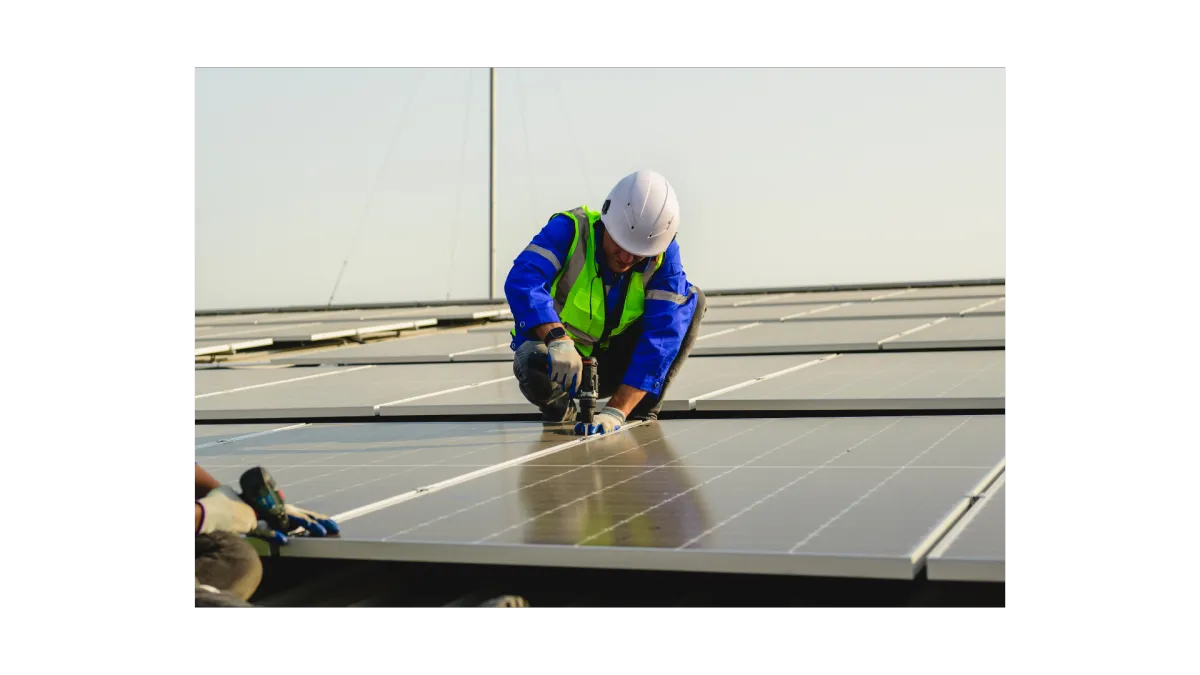Complete Guide To Buying Solar

Solar panels used to be seen as something only a few could afford, but now they're accessible to most homeowners. They offer significant benefits such as reducing electricity costs, promoting environmental sustainability, and enabling full electrification of your home.
Investing in solar panels is like securing your home's future. It not only increases property value but also cuts down on electric bills. However, given the substantial initial investment, careful consideration is necessary to ensure it's a worthwhile decision.
To determine if solar panels are right for you, consider factors like the condition of your roof, current electricity expenses, and eligibility for discounts or incentives.
Do solar panels save you money?
In the United States, the cost of electricity has gone from an average of 12.62¢/kWh, at the start of 2021, to 16.29¢/kWh, at the end of 2023. In 2022, an average American household used 10,791 kWh every year making the average yearly cost of electric for Americans $1,757 per year(All information was gathered from U.S. Energy Information Administration or EIA website). In 25 years, this means most Americans will have spent $67,237.00 on electricity costs(assuming a 2% annual inflation).
To cover their full electric usage, most homes will need an 8 - 11 KW system. It can vary depending on your house(roof pitch, which way they face, tree shading, etc), and how much sunshine the area you live in gets every year. If you pay for the solar system upfront, these system sizes may cost between $19,000 - $22,000, on the low end, and $25,00 - $28,000 on the high end. If you pay for your solar system upfront, it'll take you around 8 years to recoup your investment. There are multiple payment options available for solar, allowing consumers to save money on day one. There a multiple loans readily available and if you choose to lease or sign up under a power purchase agreement(PPA). To learn more about solar payment plans, click here.
Now, if you do some quick math, you can see that for the right houses, solar can save homeowners tens of thousands of dollars throughout the years, even if we take into account the extra costs that'll be involved with the payment plans like loans or leases.
How do solar panels actually work?
Without getting too much into the weeds of all the physics, solar panels produce electricity through the photovoltaic effect. When photons(light) hit the panels, they knock electrons(carriers of electricity) loose, which causes an electric current. The solar panels will then produce Direct Current(DC) electricity, which we guide through wires to go through an inverter that converts the energy to Alternating Current(AC) electricity, which common household appliances use.
Is solar for you?
Installing solar panels is a usually a great investment for homeowners but it does not make sense for everyone. If you meet the following criteria below, solar may be the right fit for your home. It doesn't need to be the perfect situation. With the right plan and design, solar can make sense in many situations.
You must own your property
If you rent your house, you do not have the authority to put solar panels on the roof. You must check in with your landlord/property owner to allow you to put solar panels.
You pay a lot for electricity
Usually, the higher your electric costs are, the higher the savings
Your roof can accommodate an ideal solar design
The most ideal situation for a solar install would be a spacious south facing roof, without a lot of obstructions(vents, pipes, etc), with a pitch between 20 - 45 degrees. East and west facing roof can still work for solar installs, especially with today's electric prices. Just keep in mind that it will be less production compared to a south facing roof.
Your state or utility must offer a Net Metering or Solar Buyback Program
The Net Metering/Solar Buyback Program is a must for most folks that have installed solar. This program allows you bank energy with your utility company, allowing energy produced by your panels to be saved for a later time. Without this program, it could still be possible to install solar. You just have to consider either getting a battery installed, which will eat into your savings, or installing a partial offset system(A system that doesnt cover your full electric needs. For example you could have 60% of your power supplied by your solar and 40% from your utility).
Call 844-699-5919
Email:info@theusce.com
Site: www.theusce.com
